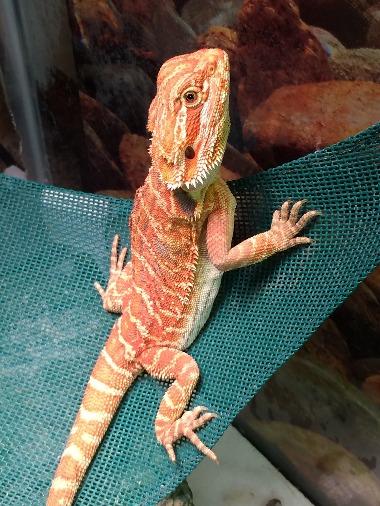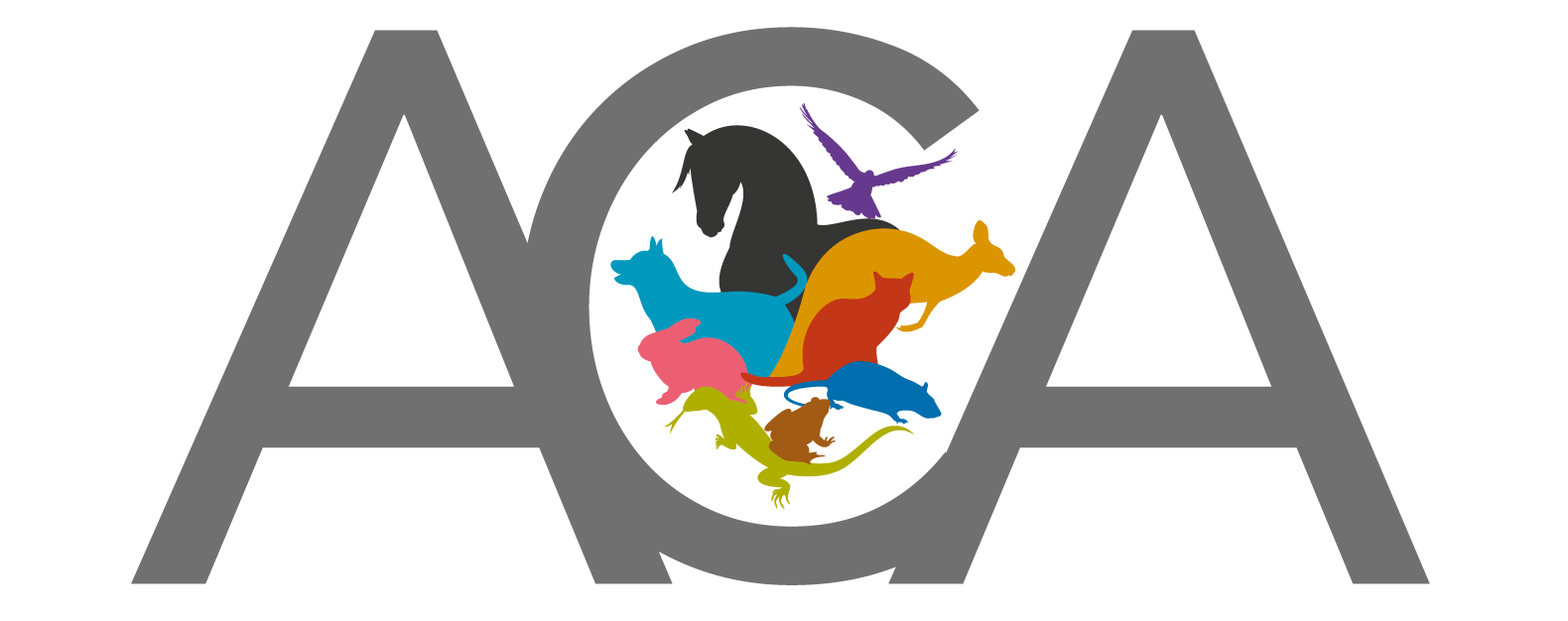
Animal Care Australia does not support restriction on the breeding of companion animals. Animal Care Australia encourages responsible breeding and responsible ownership over restrictive breeding legislation.
There is a recognised acknowledgement that restrictive breeding also restricts genetic quality within breeds and currently many pure-breeds are being severely impacted by shrinking genetic diversity.
Responsible Breeders Policy
A ‘Responsible Breeder’ is responsible for the healthy well being & upbringing of their pets by following best practices, animal welfare standards and including a varied healthy diet appropriate to the species.
Animal Care Australia believes that non-pedigree breeders should follow the same level of care and consideration, as those of pedigree breeders. Animal Care Australia supports a positive approach to all inter-breed crosses and genetically diverse and purebred pets.

Responsible breeders strive to improve their expertise in a range of areas including:
- Feeding and nutrition
- Housing and enclosure requirements
- Husbandry and cleanliness
- Breeding requirements of their species
- Basic genetics
- Disease control and understanding of health requirements.
- Hereditary problems within the breed/species.
Responsible Breeders:
- Generally plan ahead and aim to find good homes for the animals they breed
- Provide a high standard of care and living conditions for all of their animals
- Are genuinely concerned about the welfare of their animals for their entire lives
- Are open to questions and are willing to provide some background or history of the animals, including support and information about the upkeep to potential new owners
- Make sure the buyer will suit the animal and the animal will suit the buyer
- Breed to produce happy and healthy pets
- Comply with all animal welfare laws within their State/Territory.
Healthy animals that are sound in temperament and body are the aim of all responsible breeders. The more we know of all the factors affecting our breeding stock before breeding, the better equipped we will be to find solutions to potential problems. Responsible owners and breeders will make honest attempts to decrease the incidence of any problems.
Brachycephalic breeds in dogs and cats

With the recent rise in other countries of banning the breeding of certain brachycephalic breeds of dogs and cats, Animal Care Australia strongly encourages all breeders and breeding associations to improve their breeds by utilising up to date advances in technology to health check their breed through regular relevant health testing to improve the welfare, health and well-being of your dogs and cats.
There is scientific and veterinary research supporting the fact SOME brachycephalic breeds do suffer more from unnecessary breathing, brain-related and some spinal (vertebrae) medical conditions. These CAN BE reduced and potentially eradicated through responsible breeding. All breeders are responsible for the health and well-being of their animals – regardless of any standards that may be suggested, or lack of standards.
For the continuation of these breeds in Australia, higher welfare outcomes must always be paramount.
What is a sound temperament and body?
For physical soundness, is the animal able to cope with the demands of ordinary life? Does it have a good temperament or mental soundness? Different temperaments are required for different home environments and areas of activity. Some pets are more suited in larger families with children whilst others are more suited to owners living alone. Some animals require a high exercise regime whilst others are more suited to quieter living.
Before considering breeding, you should always:
- Assess the strength of the animal, its genetic make-up, etc
- Check your capacity to look-after and house any young until new and suitable homes can be found
- Check if there is actually a need for those animals (a shortage of that species or an over-abundance)
- Ensure the animals involved are of an appropriate age
- Females of every species should only produce a certain number of young per season. It is vital that females be allowed to recover and have breaks from pregnancy. Check Codes of Practice or best practice with Societies & Clubs. This will help maintain a healthy animal that will then produce healthy young




